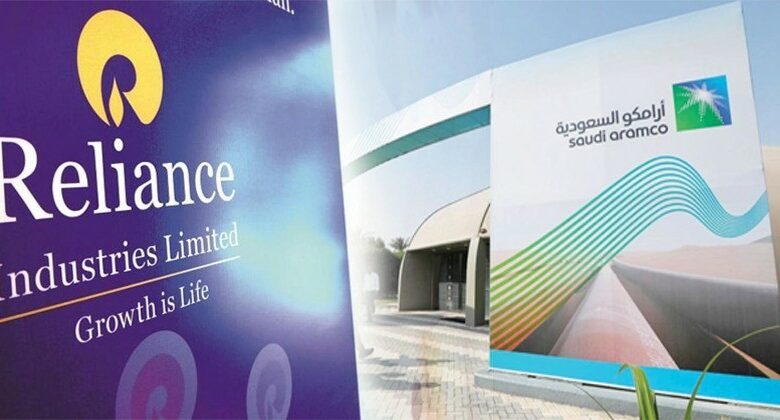Reliance demerges its oil- to – chemicals business into a wholly-owned subsidiary, eyes mega deals in the future; what does it mean for Reliance and its investors? The clear demarcation of its verticals a step towards eventual succession planning?

Reliance Industries has announced the demerger of its O2C business into a wholly–owned subsidiary on Tuesday.
With this, the Mukesh Ambani-led Reliance Industries has now opened the door for an important internal reorganization, allowing for the demerger of its cash cow into an independent subsidiary.
With this latest move, the company hopes to solidify further its position in the market as it eyes mega deals in the future, including with oil giant Saudi Aramco.
Reliance Industries now looks to unlock value for shareholders in accordance with the new age business and boost its growth in the coming decade.
In its statement, Reliance has said that the move will help in the independent growth of the company and enable a focused approach towards opportunities across the O2C value chain.
The demerger is also likely to facilitate value creation through specific partnerships and attract a dedicated pool of investors; the demerger has been announced when negotiations with Saudi Aramco are already underway, which had come to a standstill last year due to the Covid -19 pandemic.
The demerger is a run-up to Mukesh Ambani’s declaration in August 2019 on talks for the sale of a 20% stake in the O2C business (which compromises its twin oil refineries at Jamnagar in Gujrat) and petrochemical assets to Saudi Aramco, the world’s largest oil exporter.
Incidentally, the company’s O2C complex in Gujrat is also the world’s largest and has contributed enormously towards the group’s revenue. It recorded a total contribution of 62% of the company’s revenue and 58% of the operating profits in the FY20.
What is Reliance aiming for?
The demerger with a dedicated management team will set the path for the initiation of strategic global investors who may be keen to enter and operate in India’s massive market.
Compared to the European countries, investing in India is seen as more profitable in the coming decade as the markets in Europe are shrinking.
Hence, setting the stage for this rollout, Reliance Industries announced to divest a 20% stake to Aramco at an enterprise value of 475 billion.
The vision for the future shared by Reliance and Aramco is to gradually reduce its carbon footprint and be net carbon zero by 2035. Hence the move is in sync with the shared vision with Saudi Aramco, which wants to diversify its energy mix and arise as the front runner in clean energy.
Also, Reliance has many different businesses at the moment. It is crucial to get the right global investor subset for the right business; hence, this move is highly competitive and a strategic one.
The O2C reorganization will not only create an independent and a global scale growth potential for RIL, it will also offer RIL a healthy cash flow potential.
Is it succession planning on the part of Mukesh Ambani?
The word in the market is strong that with a clear demarcation of its businesses, Mukesh Ambani may very well also be preparing for an eventual succession planning. This, especially as the three siblings – Isha, Anant, and Akash, are taking up active roles in various capacities within the organization.
What is the Buzz in the Market?
From the signs of it, the market has given a positive outlook concerning the latest demerger move.
The move is likely to help RIL with its New Energy & New Materials business for clean and green energy development.
This also as India in September 2019, at the United Nations Climate Action Summit had hiked its renewable energy target to 450 GW by 2030 from the previous 175 GW target by 2022.
As per Morgan Stanley – RIL’s demerger plan for O2C business is a step towards the monetization and acceleration of its new energy and material plans into batteries, hydrogen, renewables, and carbon capture. All of which points to the next level of multiple expansion and clarity on the next investment cycle.
The O2C business currently has long-term assets worth $ 45 billion and cash & equivalents worth $25 billion.
RIL had also raised a whopping $27 billion for its digital and retail verticles to deleverage its balance sheet.
RIL has from the April – December period of FY21; its O2C business has reported revenue worth Rs. 2.18 lakh crore. The company’s operating profit in this period stood at a whopping Rs—26,763 crore.
The total assets of the new entity are valued at as of Q3 worth Rs. 3.6 lakh crore, which is around 28% of RIL’s total assets.
In conclusion, Mukesh Ambani led Reliance Industries has already set a course towards the new age business, consolidating its position as a market leader; perhaps this may be the beginning of RIL 2.0






